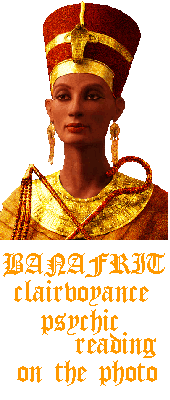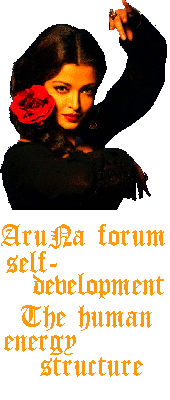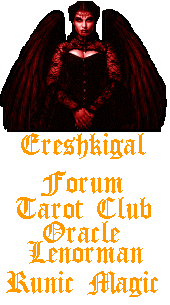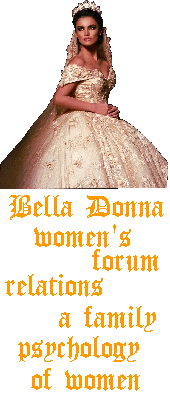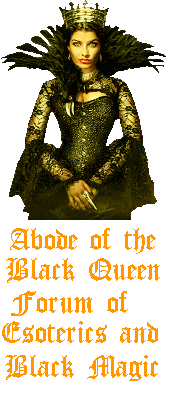The History of Herbal Magick.
Up until the seventeenth century, the sciences (magick, astrology, astronomy, philosophy, chemistry, and medicine, to name a few) were all lumped together. If you studied one, you studied them all. As a magickal person it is important that you know this because today, you are like those famous men and women of the Renaissance period who turned their eyes to the betterment of humankind. Many of them began studying at your age or even earlier. That’s why I laugh when some people say that teenagers can’t study magick. Some of the greatest medical and magickal works in history began germinating in the teen brain, except they weren’t considered teens then, they were considered adults. Only in this century are you given such a long life-span. Before, if you hit thirty, you were lucky. Plague, war, famine, and acts of political stupidity took you out at an early age.
Your historical company includes Michelangelo, Leonardo da Vinci, Kepler, Copernicus, and others. You laugh? Where are you right now? Are you out with the “common” teen, drinking in the parking lot? No, you are here with me, trying to figure out what makes the universe tick, and in that discovery working to make your life, and the lives of others, better—teen or otherwise.
In your studies of the Craft and magick, you will eventually have a more complete library than most people. It just happens. The more we seek, the bigger our library grows. In these books you will find tables of correspondences handed down from centuries past. Where did these tables come from and who put them together in the first place? Are these tables reliable? Just because it is in a book doesn’t make it so. We know that lots of errors have occurred in the past, especially where magickal work is concerned, due to the fact that it had to go underground. To answer some of these questions, we need to ride in the time machine of your mind and go back into history. Oh, don’t groan. When you go to your first Pagan festival, you can wow them with your astute grasp of the occult.
While the study of herbs can be traced to the early Greeks, one of the first writers to address the field of plants and medicine and their association to astrology and the magick of the times was Dioscorides. He was a Roman and his book was called De Materia Medica, published around A.D. 77. That’s about 2,000 years ago. While Dioscorides studied plants, his followers studied him! This means that for quite some time, future writers on the subject did not work with the plants themselves, but tried to match Dioscorides’ ideas to the vegetation in their own areas (which didn’t always match). This actually happens a lot in history, where information is handed from generation to generation, and in the process things get mixed up. If you consider your own classes at school, you’ll see what I mean. Think about the classes where you actively experiment with what you learn and compare them with the classes where you only study a book and don’t put what you’ve learned to the test of daily living. The hands-on stuff is fun and, because you did it yourself, you remember more. The book stuff is boring and you forget it faster. When you try to remember what you read you might get it wrong because you didn’t do any experiments to see if what you were reading was or is true.
By the 1500s, the European printing press was going full blast and even though the church condemned and murdered at will, brave thinkers like Agrippa von Nettesheim (1486-1535); Trithmius (1462-1516), and Philippus Aureolus Paracelsus (1493-1541) were pushing the envelope. Rather than just reading about stuff, they did experiments on what they wanted to learn, and the subjects of their study included alchemy, medicine, herbs, astrology, theology, and more. These guys were the scholars of their time, so you see you are in good company. What’s even better, they published their work (or at least took great lengths to preserve it) so that everyone could see it. Such people reexamined the classical works (Greek and Roman), and made revisions based on their own experiments. For plant lore this meant traveling to other areas, talking to all sorts of healers, and then bringing the information back to test. When the “doctors” of their time cut and ran because of the plague, these guys stuck around and tried to do the best they could. And you can probably guess that because of their individual courage they were hated by those guys that bailed out.
These men (Agrippa, Trithmius, and Paracelsus) and many of their contemporaries were certain that a world-soul existed—that we are all linked together in some way—and it is from this idea that correspondences involving herbals and astrology and magick were researched, developed, studied, and, most importantly, written down. It was Paracelsus who said the body was not a separate thing, but a house for the soul, and the physician should therefore treat both body and soul to turn the sick person into a well one. And you thought the idea was a New Age thing!
Just how famous were these guys? As an example, the Swiss Paracelsus is considered the father of pharmaceutical chemistry, modern wound surgery, and homeopathy—not bad. What interests us, however, is that he was also a magician who used folk remedies, amulets, talismans, and a variety of studies to heal his patients, which really made his Renaissance contemporaries angry and put church leaders in orbit. Paracelsus traveled all over Europe, talking to doctors, barbers (who often seconded as physicians), wisewomen, sorcerers, alchemists, nuns, bath attendants, magicians, knights, princes, kings, gypsies, and monks —from the low ranks and from those of nobility, from the intelligent and the simple-minded—to collect as much information as he could for the purposes of healing. The fear of disease, he said, is more dangerous than disease itself. And just how many times have you heard that statement? If you’ve been involved in magick or healing for any length of time, probably once a day.
It is within the spirit of Paracelsus that we should view herbals and their vast healing properties, both medicinal and magickal. His Doctrine of Signatures stated that all plants were stamped with some physical sign of their qualities for healing as well as their qualities for things like success, protection, banishing, harmony, and so on. Over time, modern doctors threw this idea out because they had no knowledge of the occult. The idea that things might be “in sympathy” was considered stupid and childish, and they sought to disprove this theory. Because writers after Paracelsus fiddled with the original product and because the theory of the times was mixed with superstition (meaning things yet un-proved), errors in the Doctrine of Signatures multiplied; however, Paracelsus wasn’t talking just about internal consumption, he was also talking about magick.
In the Doctrine of Signatures, Paracelsus and other scholars of his time looked at a plant’s family, the conditions in which it grew naturally, and the illness it supposedly cured when assigning a planetary association for healing and for magick. Granted, not every assumption made was accurate, and superstition (as mentioned earlier) still ran rampant in the fifteen and sixteen hundreds. Some people actually believed that bugs were created by rotting matter and that a crystal gemstone was petrified ice (both at which Paracelsus scoffed, by the way). As the centuries progressed, the sciences split—chemistry moved into its own realm, medicine another, astronomy to yet a different area, magick went underground, and astrology drifted in and out of favor. As in Paracelsus’ time, the mood has shifted again, and we are back looking at the world-soul; the links between mind, body, and spirit; and the quest for magickal applications as we once again seek the understanding of how the human fits into the scheme of the universe.
Up until the seventeenth century, the sciences (magick, astrology, astronomy, philosophy, chemistry, and medicine, to name a few) were all lumped together. If you studied one, you studied them all. As a magickal person it is important that you know this because today, you are like those famous men and women of the Renaissance period who turned their eyes to the betterment of humankind. Many of them began studying at your age or even earlier. That’s why I laugh when some people say that teenagers can’t study magick. Some of the greatest medical and magickal works in history began germinating in the teen brain, except they weren’t considered teens then, they were considered adults. Only in this century are you given such a long life-span. Before, if you hit thirty, you were lucky. Plague, war, famine, and acts of political stupidity took you out at an early age.
Your historical company includes Michelangelo, Leonardo da Vinci, Kepler, Copernicus, and others. You laugh? Where are you right now? Are you out with the “common” teen, drinking in the parking lot? No, you are here with me, trying to figure out what makes the universe tick, and in that discovery working to make your life, and the lives of others, better—teen or otherwise.
In your studies of the Craft and magick, you will eventually have a more complete library than most people. It just happens. The more we seek, the bigger our library grows. In these books you will find tables of correspondences handed down from centuries past. Where did these tables come from and who put them together in the first place? Are these tables reliable? Just because it is in a book doesn’t make it so. We know that lots of errors have occurred in the past, especially where magickal work is concerned, due to the fact that it had to go underground. To answer some of these questions, we need to ride in the time machine of your mind and go back into history. Oh, don’t groan. When you go to your first Pagan festival, you can wow them with your astute grasp of the occult.
While the study of herbs can be traced to the early Greeks, one of the first writers to address the field of plants and medicine and their association to astrology and the magick of the times was Dioscorides. He was a Roman and his book was called De Materia Medica, published around A.D. 77. That’s about 2,000 years ago. While Dioscorides studied plants, his followers studied him! This means that for quite some time, future writers on the subject did not work with the plants themselves, but tried to match Dioscorides’ ideas to the vegetation in their own areas (which didn’t always match). This actually happens a lot in history, where information is handed from generation to generation, and in the process things get mixed up. If you consider your own classes at school, you’ll see what I mean. Think about the classes where you actively experiment with what you learn and compare them with the classes where you only study a book and don’t put what you’ve learned to the test of daily living. The hands-on stuff is fun and, because you did it yourself, you remember more. The book stuff is boring and you forget it faster. When you try to remember what you read you might get it wrong because you didn’t do any experiments to see if what you were reading was or is true.
By the 1500s, the European printing press was going full blast and even though the church condemned and murdered at will, brave thinkers like Agrippa von Nettesheim (1486-1535); Trithmius (1462-1516), and Philippus Aureolus Paracelsus (1493-1541) were pushing the envelope. Rather than just reading about stuff, they did experiments on what they wanted to learn, and the subjects of their study included alchemy, medicine, herbs, astrology, theology, and more. These guys were the scholars of their time, so you see you are in good company. What’s even better, they published their work (or at least took great lengths to preserve it) so that everyone could see it. Such people reexamined the classical works (Greek and Roman), and made revisions based on their own experiments. For plant lore this meant traveling to other areas, talking to all sorts of healers, and then bringing the information back to test. When the “doctors” of their time cut and ran because of the plague, these guys stuck around and tried to do the best they could. And you can probably guess that because of their individual courage they were hated by those guys that bailed out.
These men (Agrippa, Trithmius, and Paracelsus) and many of their contemporaries were certain that a world-soul existed—that we are all linked together in some way—and it is from this idea that correspondences involving herbals and astrology and magick were researched, developed, studied, and, most importantly, written down. It was Paracelsus who said the body was not a separate thing, but a house for the soul, and the physician should therefore treat both body and soul to turn the sick person into a well one. And you thought the idea was a New Age thing!
Just how famous were these guys? As an example, the Swiss Paracelsus is considered the father of pharmaceutical chemistry, modern wound surgery, and homeopathy—not bad. What interests us, however, is that he was also a magician who used folk remedies, amulets, talismans, and a variety of studies to heal his patients, which really made his Renaissance contemporaries angry and put church leaders in orbit. Paracelsus traveled all over Europe, talking to doctors, barbers (who often seconded as physicians), wisewomen, sorcerers, alchemists, nuns, bath attendants, magicians, knights, princes, kings, gypsies, and monks —from the low ranks and from those of nobility, from the intelligent and the simple-minded—to collect as much information as he could for the purposes of healing. The fear of disease, he said, is more dangerous than disease itself. And just how many times have you heard that statement? If you’ve been involved in magick or healing for any length of time, probably once a day.
It is within the spirit of Paracelsus that we should view herbals and their vast healing properties, both medicinal and magickal. His Doctrine of Signatures stated that all plants were stamped with some physical sign of their qualities for healing as well as their qualities for things like success, protection, banishing, harmony, and so on. Over time, modern doctors threw this idea out because they had no knowledge of the occult. The idea that things might be “in sympathy” was considered stupid and childish, and they sought to disprove this theory. Because writers after Paracelsus fiddled with the original product and because the theory of the times was mixed with superstition (meaning things yet un-proved), errors in the Doctrine of Signatures multiplied; however, Paracelsus wasn’t talking just about internal consumption, he was also talking about magick.
In the Doctrine of Signatures, Paracelsus and other scholars of his time looked at a plant’s family, the conditions in which it grew naturally, and the illness it supposedly cured when assigning a planetary association for healing and for magick. Granted, not every assumption made was accurate, and superstition (as mentioned earlier) still ran rampant in the fifteen and sixteen hundreds. Some people actually believed that bugs were created by rotting matter and that a crystal gemstone was petrified ice (both at which Paracelsus scoffed, by the way). As the centuries progressed, the sciences split—chemistry moved into its own realm, medicine another, astronomy to yet a different area, magick went underground, and astrology drifted in and out of favor. As in Paracelsus’ time, the mood has shifted again, and we are back looking at the world-soul; the links between mind, body, and spirit; and the quest for magickal applications as we once again seek the understanding of how the human fits into the scheme of the universe.


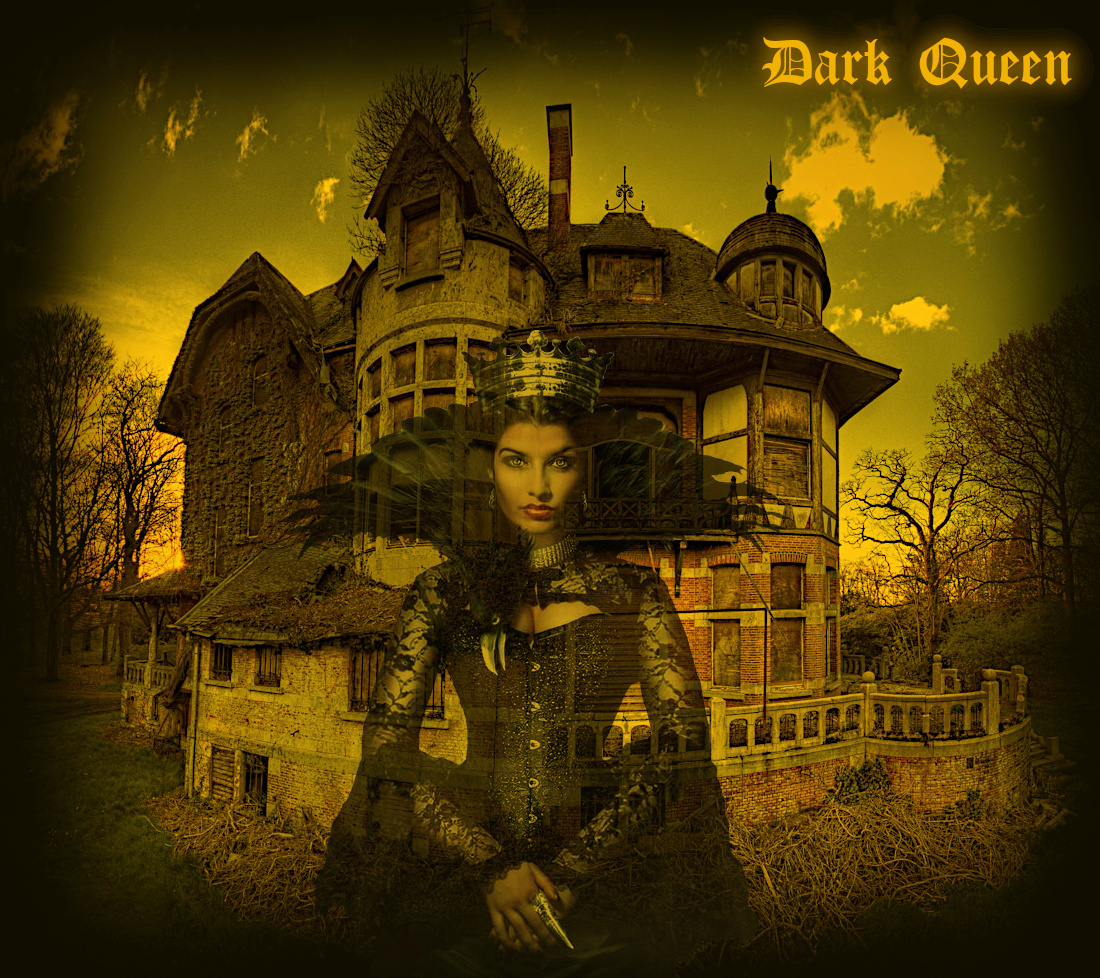







 Wed 28 Jul 2021 - 8:20 by Jexxston
Wed 28 Jul 2021 - 8:20 by Jexxston